How payments contribute to conversion on your platform or marketplace
The payment is one of the last steps when trading on a marketplace or platform, but it determines everything. If it can't be completed or fails to go according to plan, it seriously influences the client's experience. Moreover, there is a reasonable chance that the client will look for an alternative platform to purchase the product or service. If you experience these situations, the payment is the actual dealbreaker which will negatively impact your turnover. That is why it is very valuable to take a close look at how your payments are structured to make them contribute to the conversion on your platform or marketplace.
One of the first conditions for making payments as smooth as possible is to make the right payment methods available to your users. There are hundreds of these available, such as the iDEAL, Bancontact (Belgium), SOFORT (Germany) MyBank (France, Italy, Greece, Spain), Multibanco (Portugal), PayPal (Worldwide) and AliPay (China). It is advisable not to have the immediate ambition to use your marketplace or platform to serve the whole world and offer 200 payment methods. This is practically impossible.
Selection of payment methods
When designing payments on your platform in a smart way, look at which market you mainly serve and select your payment methods based on that. For example, are the transactions on your platform mainly with German customers? Or do you plan on providing more attention to this market on the short term? In that case, make sure that the customer can pay with SOFORT. Logically, adding AliPay would not make any sense. In addition, PayPal and credit cards are easily accessible payment methods for facilitating most international transactions.

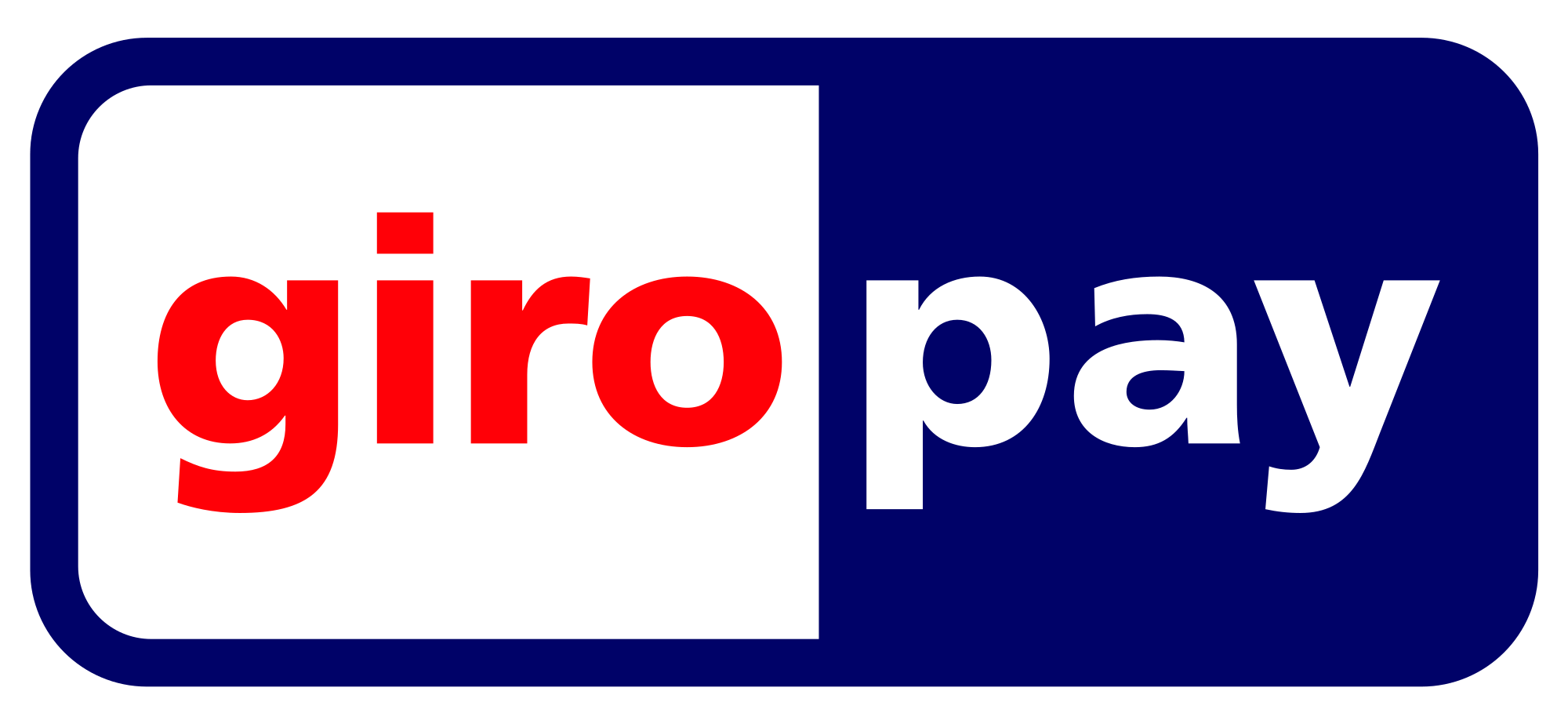
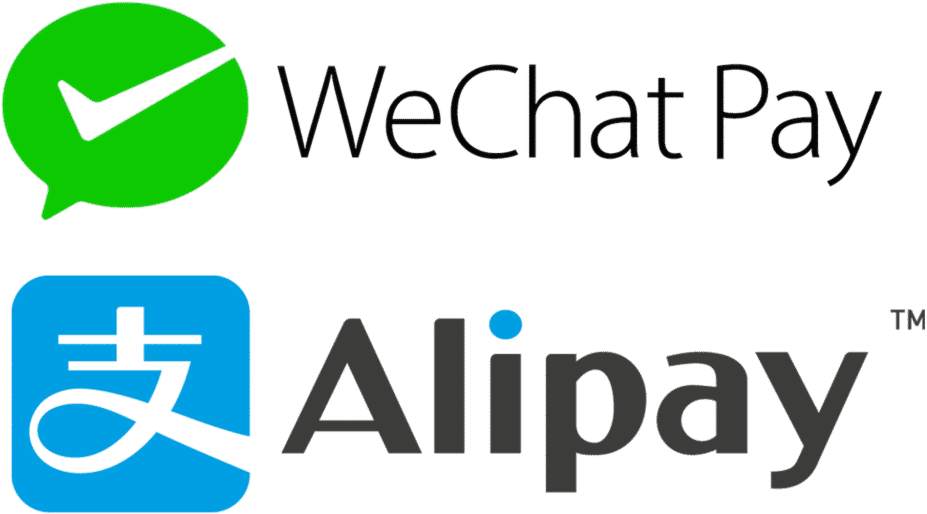
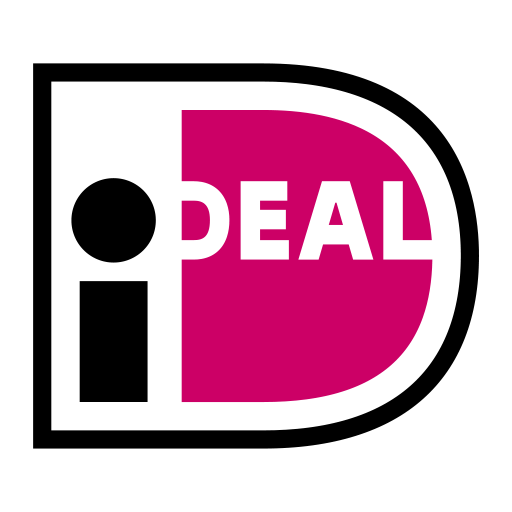
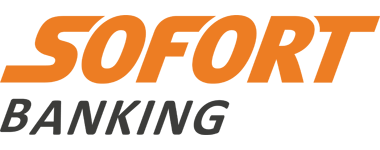
Receive payments on the desired platform
To achieve a good conversion, the buyer must be able to pay by means of his/her choice. On the other hand, the seller must receive the money in the desired (bank) account. In reality, these can also cause major headaches. For example, if the seller has a SEPA bank account, transferring money via PayPal might be an issue. Additionally, paying with PayPal can create barriers for buyers as well. If you don't set up PayPal in conformity with the marketplace, sellers who linked their PayPal account can only receive payments with PayPal. Whilst in the Netherlands, for example, customers prefer to pay with iDEAL.
Check the available collaborations of your PSP
For buyers and sellers on your platform, knowing how you have arranged payments 'at the back end' is irrelevant. As long as it works. Therefore, as the owner of a marketplace or platform, it is important to check whether the PSP (payment service provider) you work with can facilitate this accordingly. Check if the PSP has a partnership with a party such as PayPal and other payment systems such as iDEAL, which requires a C2C license when consumers pay private sellers with iDEAL. With PSPs that specialize in platforms and marketplaces, you can offer maximum flexibility and ensure that the payment goes flawless.
Increasing trust
If you want to enable a buyer to make a payment without worries, a trustworthy platform or marketplace is essential. In order to increase this trust, it is wise to arrange two things properly:
1. Verifying users
Make sure to guarantee that the sellers on your platform are verified users. You can do this in an easily accessible way with only an email address and a mobile number. But you can also check a bank account and ask for identification. If it concerns companies, you can check Chamber of Commerce (CoC) numbers and verify if the business bank account matches the trade name. Your PSP could automatically arrange all these things.

2. Integrating Escrow
By integrating escrow on your platform or marketplace, the buyer's payment is held by a third party (usually the PSP) until the seller has fulfilled his obligation. This gives the buyer the assurance that if the seller fails to deliver, the money will be repaid by the PSP.

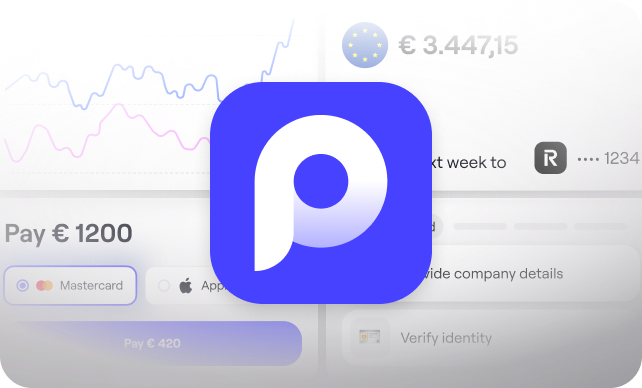
.svg)
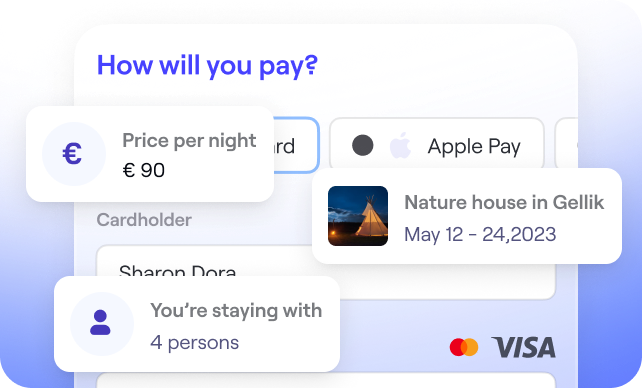
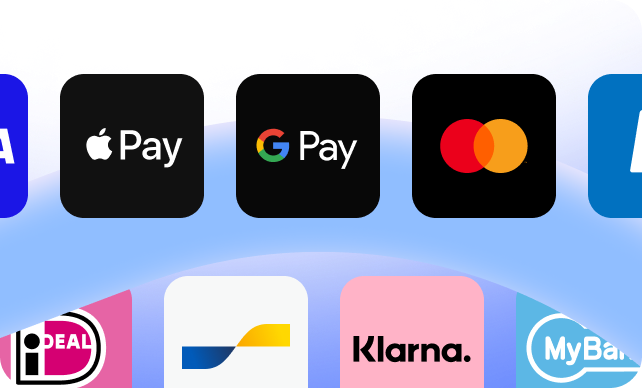

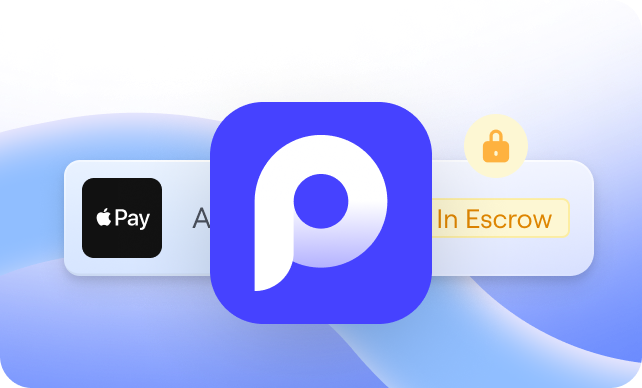

.svg)
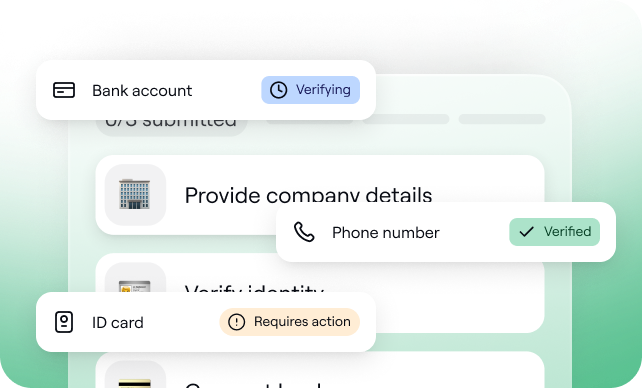
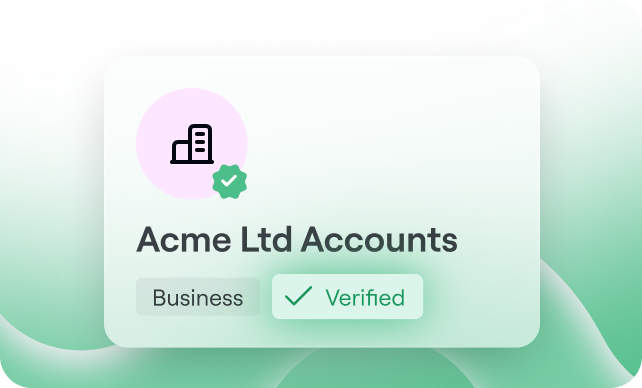
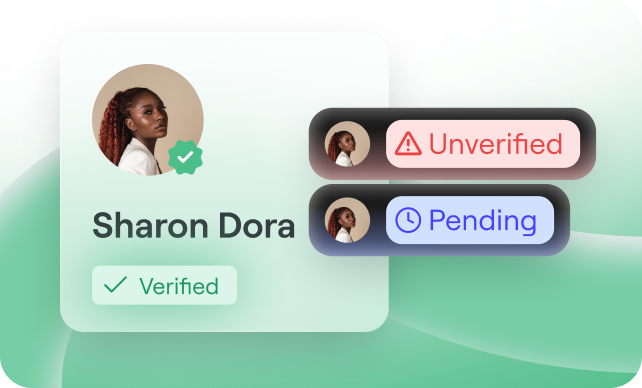
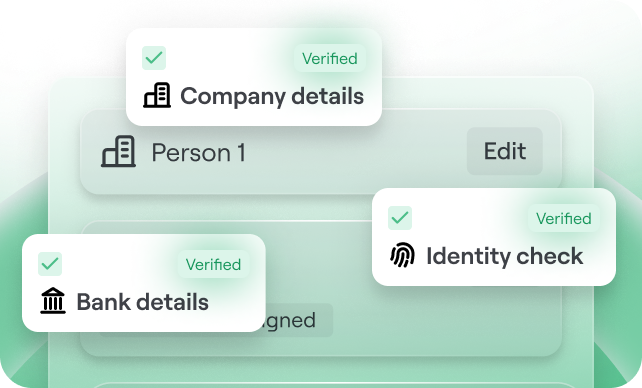
.svg)
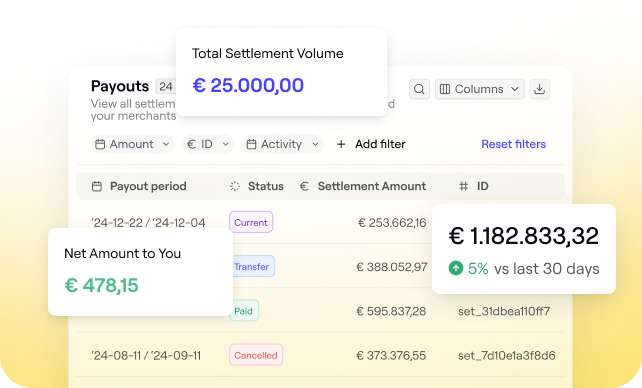
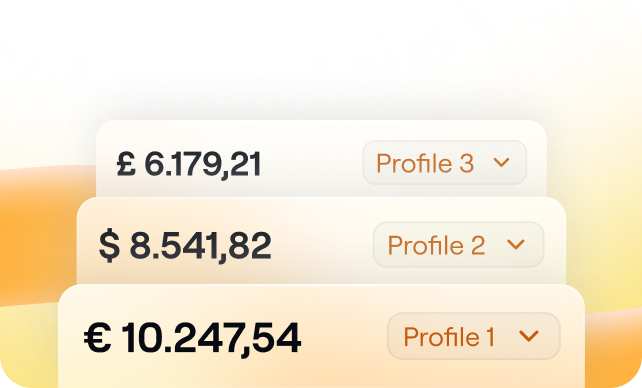
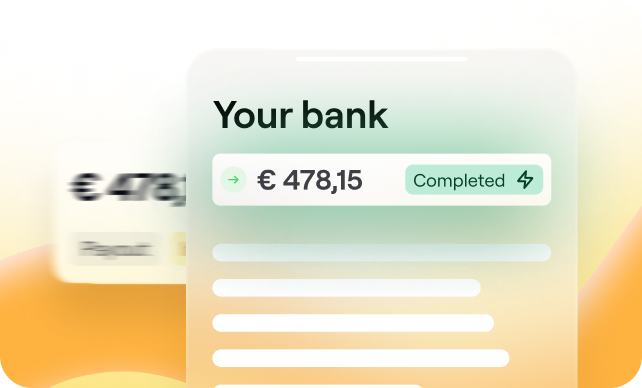
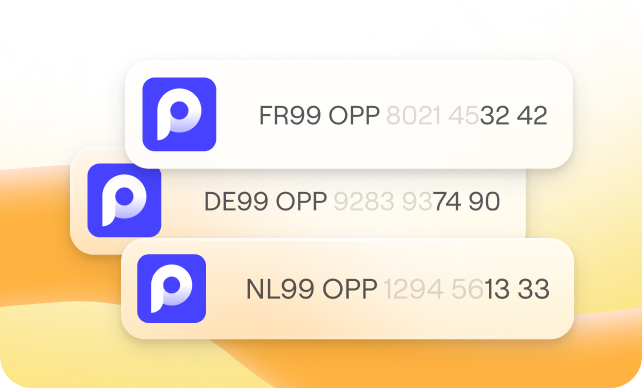
.svg)
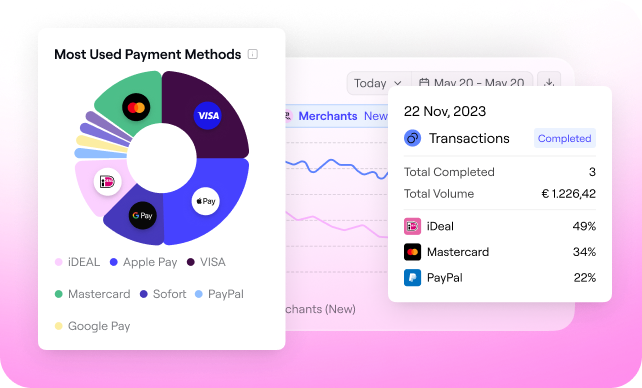
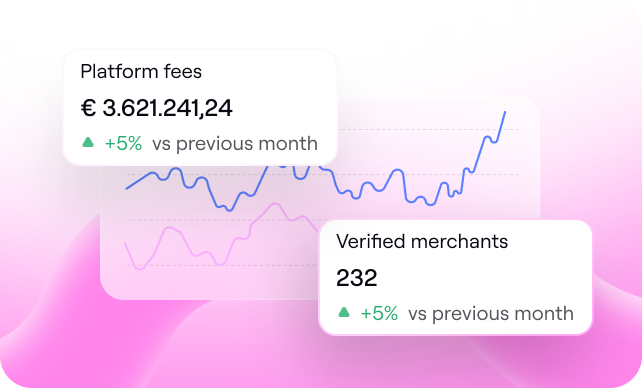

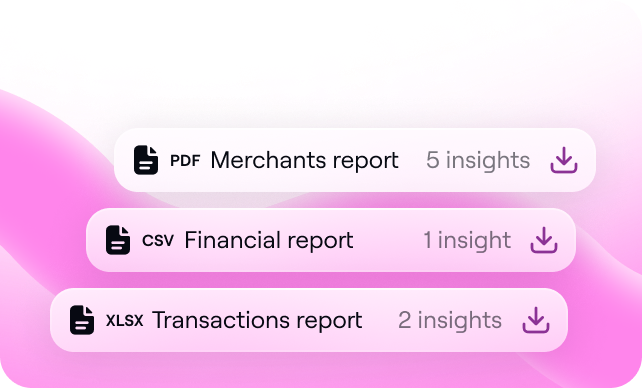
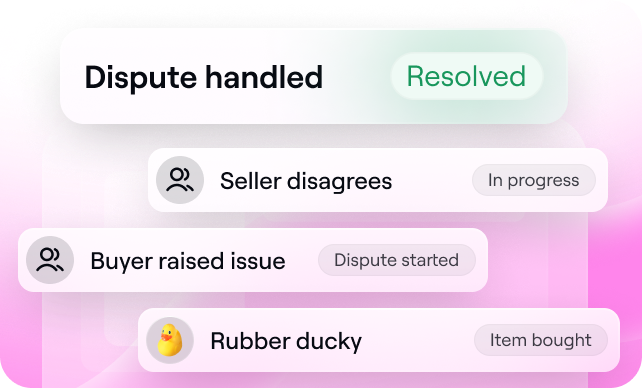






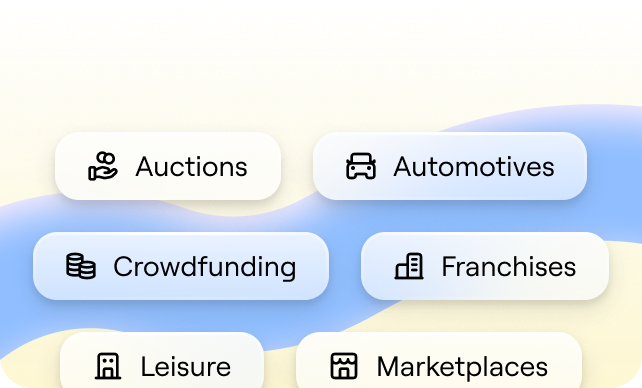
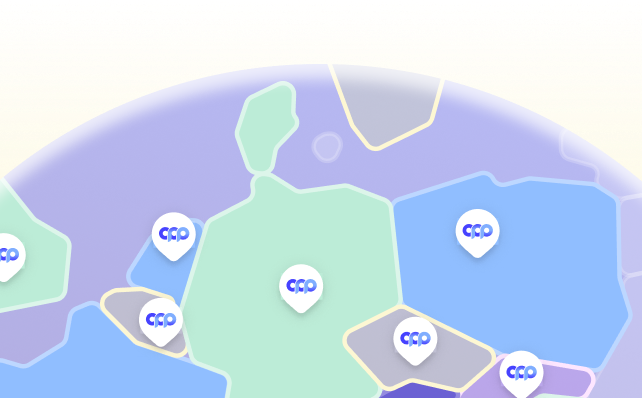

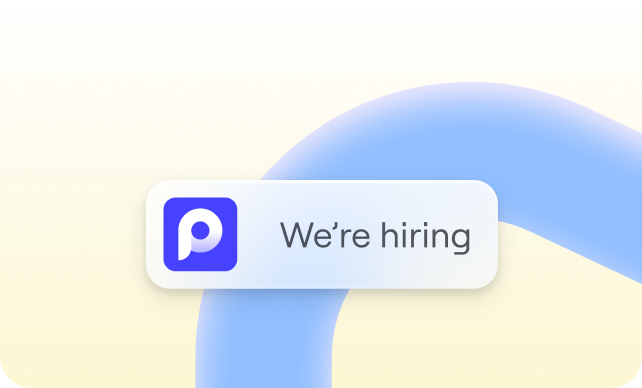




%20(1).png?width=1300&name=Copy%20of%20Copy%20of%20Blog%20post%20(1620%20x%201080%20px)%20(1).png)



.png)
.png?width=75&height=51&name=Worldline%20(2).png)